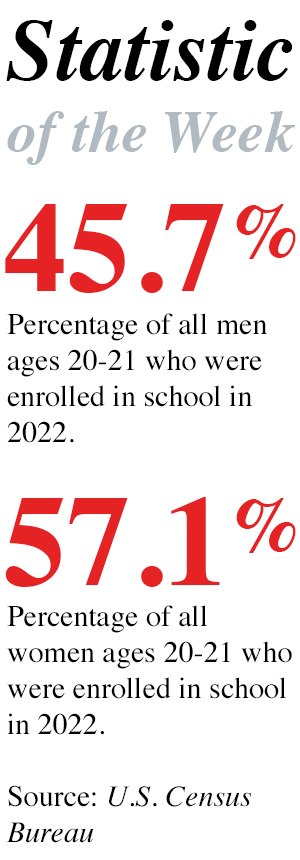Educational Differences in Women’s Cohabitation Rates
Posted on Apr 10, 2013 | Comments 0
 The National Center for Health Statistics at the Centers for Disease Control and Prevention recently released a report on trends in cohabitation in the United States. In 1995, 34 percent of all women cohabitated before getting married, 39 percent married before they lived with their mate, and 28 percent had no arrangement where they lived together with a mate. By 2010, the figure for cohabitation before marriage was 48 percent, whereas 23 percent were married before they ever lived with a mate. Some 29 percent of adult women had not lived with a mate.
The National Center for Health Statistics at the Centers for Disease Control and Prevention recently released a report on trends in cohabitation in the United States. In 1995, 34 percent of all women cohabitated before getting married, 39 percent married before they lived with their mate, and 28 percent had no arrangement where they lived together with a mate. By 2010, the figure for cohabitation before marriage was 48 percent, whereas 23 percent were married before they ever lived with a mate. Some 29 percent of adult women had not lived with a mate.
Of the women who cohabitated, 40 percent married the person they were cohabitating with within the next three years, 32 percent remained in a cohabitating relationship, and 27 percent of the cohabitating relationships were dissolved. Twenty percent of the women in cohabitating relationships became pregnant within one year.
There were significant differences in cohabitation rates by education level. For women who did not graduate from high school, 70 percent cohabitated with a mate as the first union in a relationship. For women who had graduated from college, 47 cohabitated.
But women with no high school diploma tended to have longer cohabitations than women with higher education. The average duration of cohabitation for women who did not graduate from high school was 30 months. For women with at least a bachelor’s degree, the average cohabitation lasted 17 months.
Only 30 percent of women cohabitators with less than a high school diploma were married within three years. For women cohabitators with a four-year college degree, 53 percent were married within three years.
The authors of the report concluded, “Cohabitation is a common part of family formation in the United States, and serves both as a step toward marriage and as an alternative to marriage.” It appears from the data that for women with higher education, cohabitation is more likely to be stepping stone to marriage, whereas for women with lower levels of education, cohabitation is more often an alternative to marriage.
Readers can download the report by clicking here.
Filed Under: Research/Study








